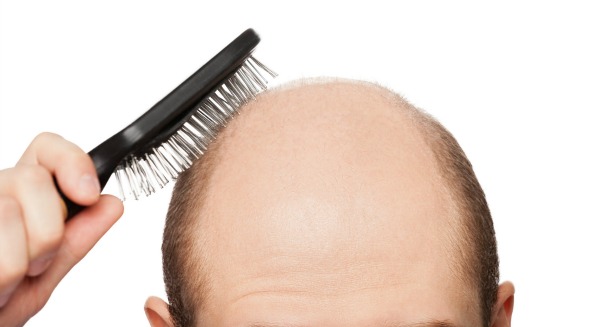
A stunning new finding indicates that a new treatment for dormant hair follicles could regrow hair.
Has science finally discovered a cure for baldness?
A new study indicates that combining two drugs to block a group of enzymes in hair follicles that had gone dormant caused “rapid and robust hair growth,” researchers said according to a UPI report.
The first drug — ruxolitinib — is used for treatment of blood diseases, and the other — tofacitinib — is for arthritis. But, taken together, they could result in a groundbreaking new treatment for hair loss and baldness.
Basically, the two drugs combined do a good job of preventing a family of enzymes known as Janus kinase (JAK).
This in and of itself won’t cure male pattern baldness, but it may eventually turn into a cure with enough research and development.
The researchers were studying alopecia areata, which is an autoimmune attack on hair follicles that results in hair loss. They found that the two drugs were able to stop this attack and restore some of the hair to patients. They worked with mice during the study, and found that there was more hair growth when the drugs were applied to the skin itself rather than through other methods.
Dr. Angela Christiano, who is a researcher at Columbia University Medical Center and was involved in the study, said: “There aren’t many compounds that can push hair follicles into their growth cycle so quickly. … Some topical agents induce tufts of hair here and there after a few weeks, but very few compounds have this potent an effect so quickly.”
The findings were published in the journal Science Advances.
How does it work? Scientists think that the drugs basically wake up the follicles by blocking the enzymes, which essentially act to prevent the growth of hair. By removing this enzyme, the follicle is free to behave as it did in the past.
The only problem is that this drug hasn’t been tried on humans — however, it’s a promising start that has proven to be very successful in mice. More research on JAK inhibitors will be necessary before scientists can get closer to a cure for baldness.

Leave a Reply